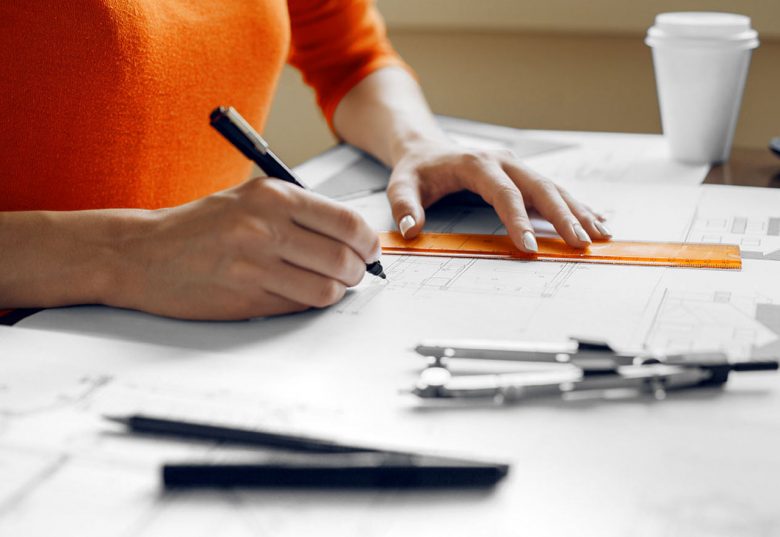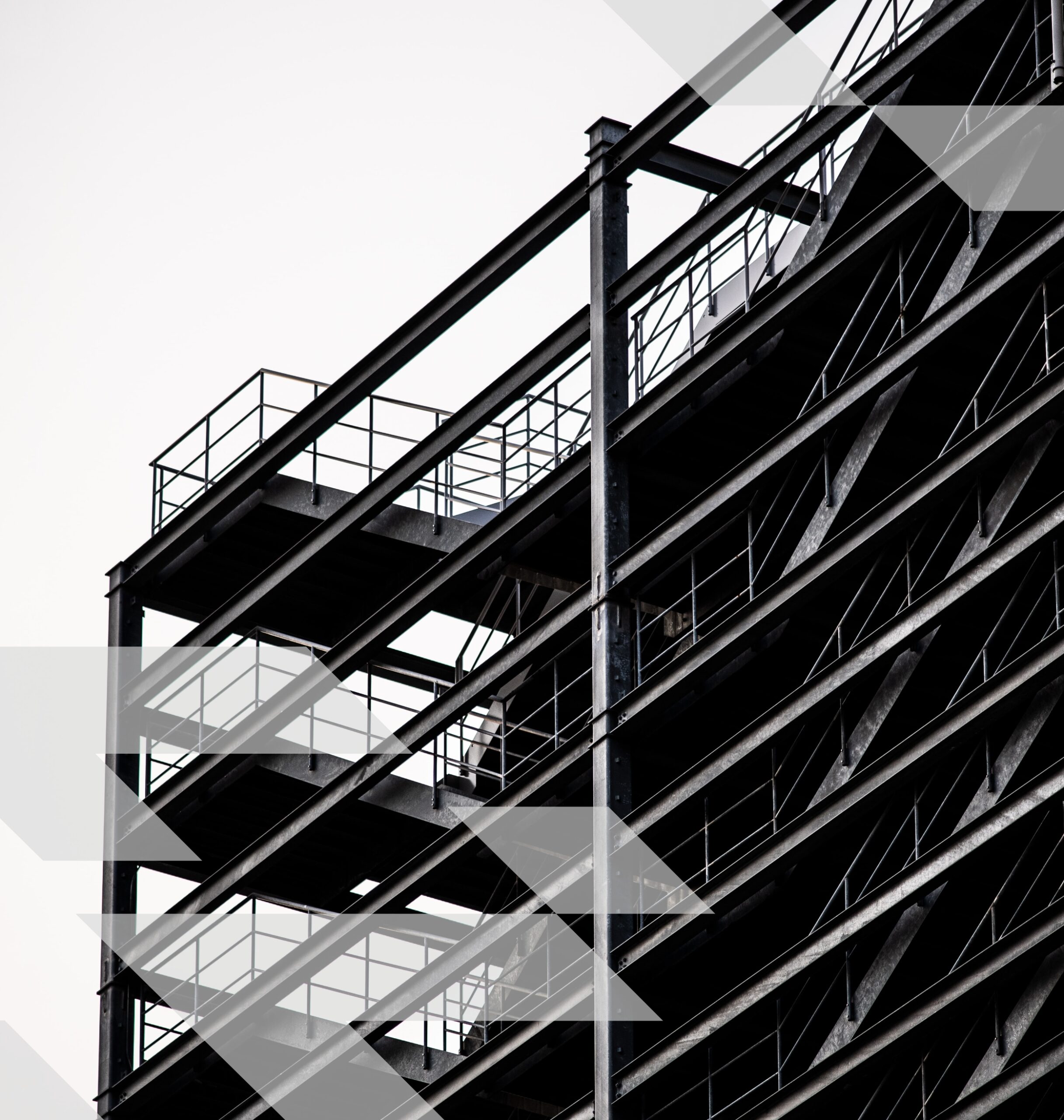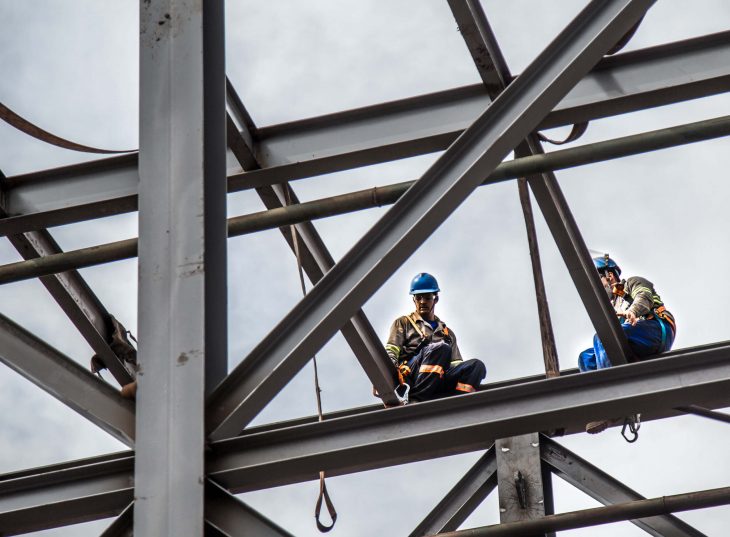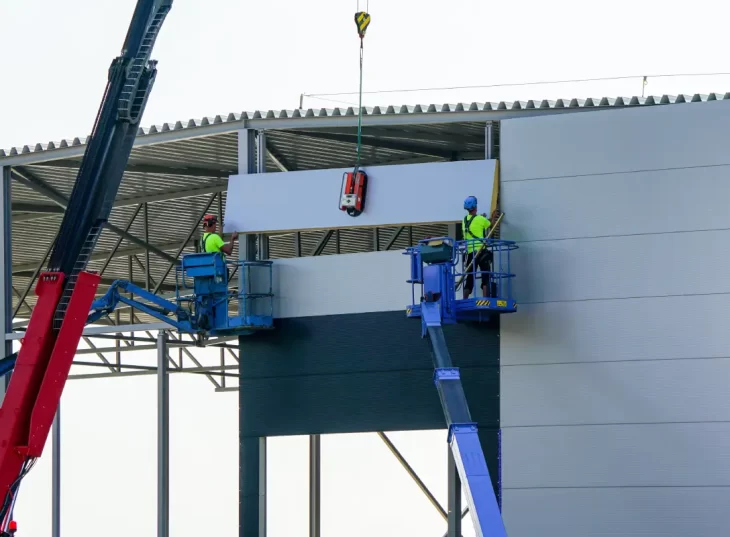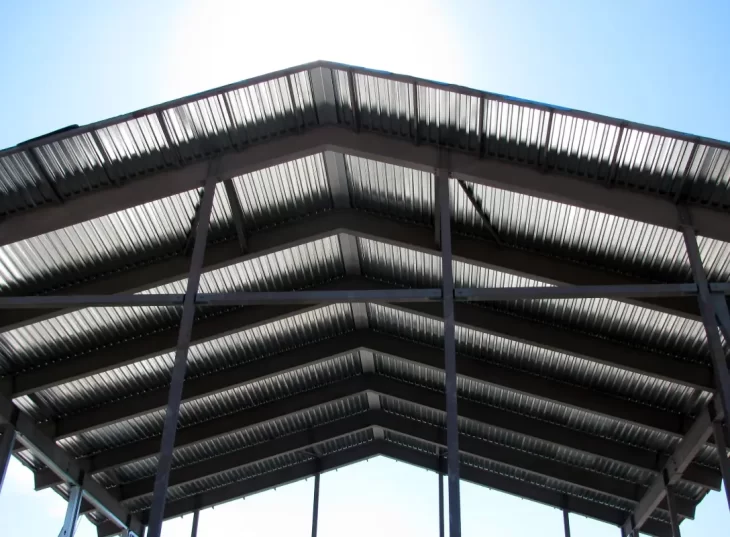Our assembly and welding processes adhere to international standards to ensure full structural integrity. We are certified to manufacture in compliance with the demanding requirements of Execution Classes EN 1090-2, EXC2, and EXC3.
Plasma cutting
Gases Used for Cutting: Air, O2, N2 Air, N2.
Source capacity: 200A.
Optimal Sheet Thickness: 35 mm (maximum – 50 mm).
Product Dimensions: 6000×2000 mm.
Cutting Speed: 0.5–5 m/min., depending on the sheet thickness.
Detailed Marking: coordinates, holes, and other markings on the sheet.
Drilling
All factory hole-drilling operations are performed with precision using milling cutters and drills. Our setup includes both stationary and portable machining tools, enabling us to drill holes with diameters up to 50 mm efficiently and accurately.
Milling
Our facility is equipped with three sophisticated milling machines, each engineered for precise milling across three distinct planes, ensuring versatile and multi-dimensional machining capabilities.
Turning
Equipped with two advanced lathe machines, our factory can execute a variety of turning tasks, accommodating intricate and diverse machining processes.
Rolling
Our equipment is capable of rolling sheets with a maximum width of 2 meters and a thickness of up to 10 mm.
Our company has adopted a welding quality management system in line with the LST EN ISO 3834 international standard, reflecting our unwavering commitment to quality in every facet of our production.
Structure
Truss: various frame structures.
Beam: lintels, beams, platforms, etc.
Spatial: galleries, towers, spatial supports and trusses.
Welded: HSQ type beams, welded profiles, etc.
We ensure that our metal structures are fortified with anti-corrosion coatings, meticulously applied following the stringent guidelines of LST EN ISO 12944 for paints and varnishes. Our produced steel structures benefit from robust anti-corrosion measures, utilizing protective paint systems designed for long-term durability. We also offer coatings compliant with the specifications of the Norwegian standard Handbook, ensuring a versatile approach to corrosion protection.
Abrasive blasting
Treatment of metal surface with a flow of metal pellets is one of the methods we use to prepare it for further production steps. In this way, the metal surface is mechanically cleaned with a specially prepared abrasive. Round and ribbed metal pellets are reused many times. Of course, in order to achieve the highest quality, special equipment is used to collect and clean them.
During blasting, the metal is treated by roughing its surface: the pellets hit the surface to be treated and bounce off it instantly, leaving micropits. In addition, blasting allows removing the corrosive layer from the metal surface. For example, steel can be cleaned to an almost white colour. The service life of the metal treated in this way will be much longer.
Anti-corrosion coating
Corrosion causes millions of losses every year. For the Lithuanian economy, it means EUR 984 million in losses every year. We understand the harmful corrosion processes and the damage they cause and, therefore, are paying growing attention to how to stop corrosion.
Butina UAB offers a way out! It is an anti-corrosion priming and painting of the surfaces of metal products. The prepared primed metal is usually painted in 2 or 3 coats. Anti-corrosion coating of metal surfaces provides long-term protection against rust and resistance to external factors.
The formation of rust is caused by the oxidation of iron. This process occurs under the influence of oxygen and water contained in the air, which in turn decompose the metal. Therefore, it is particularly important to timely prevent the destruction of metal structures. By choosing the anti-corrosion coating service, you will avoid these troubles, and we will ensure the highest level of protection or your metal.
With the help of our reliable partners, the structures can also be hot-dip galvanised. Zinc ensures extremely strong anti-corrosion protection. The structures are galvanised under extremely aggressive environmental conditions.


